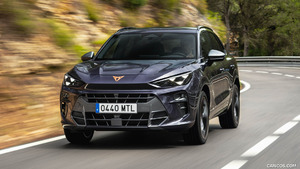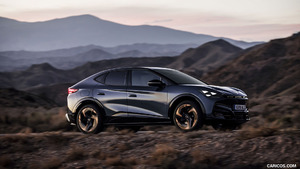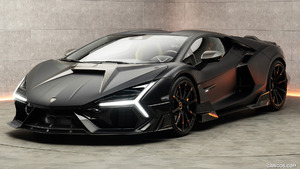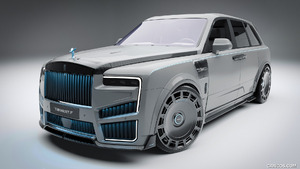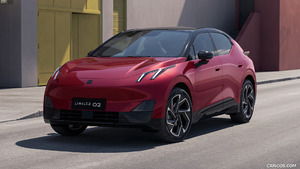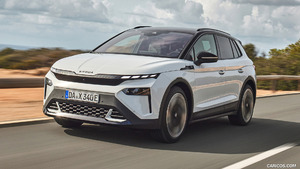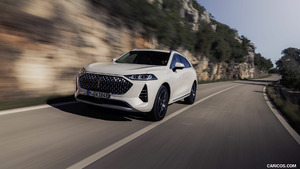Audi Expands Its Electrified Lineup with the 2025 Q8 TFSI e
The automotive landscape is witnessing an increasing shift towards electrification, and Audi is not one to lag behind. The German automaker has recently unveiled the 2025 Audi Q8 TFSI e, a plug-in hybrid that promises enhanced performance and efficiency. This model joins its sibling, the newly introduced Q7 TFSI e, in Audi's expanding portfolio of electrified vehicles.
Design and Aesthetics: A Comparative Overview
The 2025 Audi Q8 TFSI e retains much of the conventional Q8’s design ethos but introduces several nuanced tweaks that underscore its hybrid nature. While it shares its body with the standard 2024 Audi Q8, subtle differences distinguish it from both the regular model and the more distinctly styled Q8 e-tron. For instance, compared to the regular Q8 which features a revamped Singleframe grille and short overhangs, the Q8 TFSI e incorporates specific elements like modified front and rear aprons that accentuate its eco-friendly credentials without compromising on style.
In contrast, the fully electric 2024 Q8 e-tron stands apart with its unique Singleframe projection light grille and two-dimensional rings logo, pushing futuristic aesthetics further. Each vehicle in this lineup maintains a balance between maintaining brand identity and showcasing individual character through design variations tailored to their powertrain technologies.

Performance Metrics: Hybrid vs Electric vs Traditional
Underneath its sculpted hood, the 2025 Audi Q8 TFSI e houses a robust three-liter six-cylinder engine paired with a compact electric motor delivering a combined system output of up to 394 horsepower (290 kW) and maximum torque of 600 Nm. This setup enables the Q8 TFSI e to accelerate from zero to 100 km/h in just under 6 seconds—a slight edge over its all-electric counterpart, the Q8 Sportback S line e-tron quattro, which clocks in at approximately 5.3 seconds due to different dynamics offered by battery-powered propulsion.
The new plug-in hybrid also boasts an upgraded lithium-ion battery pack positioned strategically for optimal weight distribution. With improved energy density achieved through advanced cell technology, drivers can expect an all-electric range of up to 90 kilometers in urban settings under WLTP standards, making it ideal for emission-free city commutes.
Comparatively speaking, while both models offer high levels of refinement and technological integration such as electromechanical active roll stabilization (eAWS) for dynamic handling across varied terrains, they cater distinctively to different segments within luxury SUV buyers who prioritize either traditional fuel-based systems or are leaning towards complete electrification.
Technological Enhancements Across Models
Audi doesn’t hold back when packing technology into its vehicles. The entire suite includes innovations like HD Matrix LED headlights as standard equipment with options extending up to digital OLED taillights providing not only exceptional illumination but also distinctive visual signatures personalized via MMI controls—an option shared across other variants including SQ8 despite differing powertrains.
Safety remains paramount regardless of model choice; hence forward collision warning alongside adaptive cruise control ensures peace-of-mind driving irrespective if you’re navigating tight urban spaces or cruising down open highways.
An Electrifying Future Ahead?
The introduction of sophisticated models like the Audi Q8 TFSI e underscores how premium manufacturers are adapting swiftly amidst evolving consumer preferences toward sustainability without sacrificing luxury or performance expectations inherent within their brands’ DNA.
With competitive pricing starting at €92,900 for base versions and increasing depending on additional configurations chosen by prospective owners, these hybrids represent not merely transitional alternatives but rather long-term solutions aimed at reducing carbon footprints significantly while enhancing overall driving experiences simultaneously.
-Ed
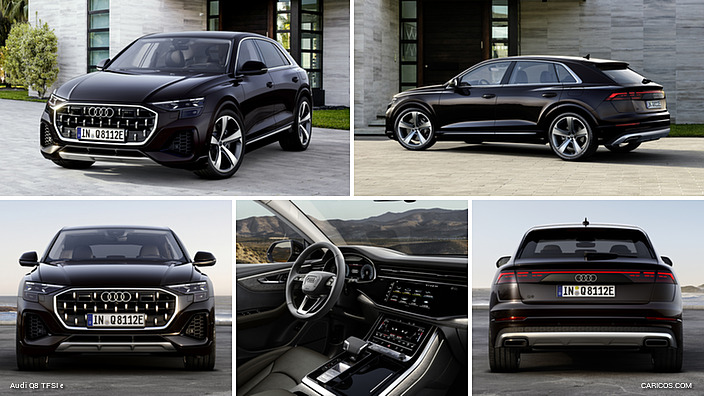 2025 Audi Q8 TFSI e
2025 Audi Q8 TFSI e




![Audi Q8 TFSI e | 2025MY | quattro | On the combustion side, a three-liter six-cylinder petrol engine [250 kW (340 hp)] always works together with the compact electric motor (PSM) with a maximum output of 130 kW. The power unit is always coupled to an eight-speed tiptronic.](https://images.caricos.com/a/audi/2025_audi_q8_tfsi_e/images/gallery_4.jpg?1714759355)

